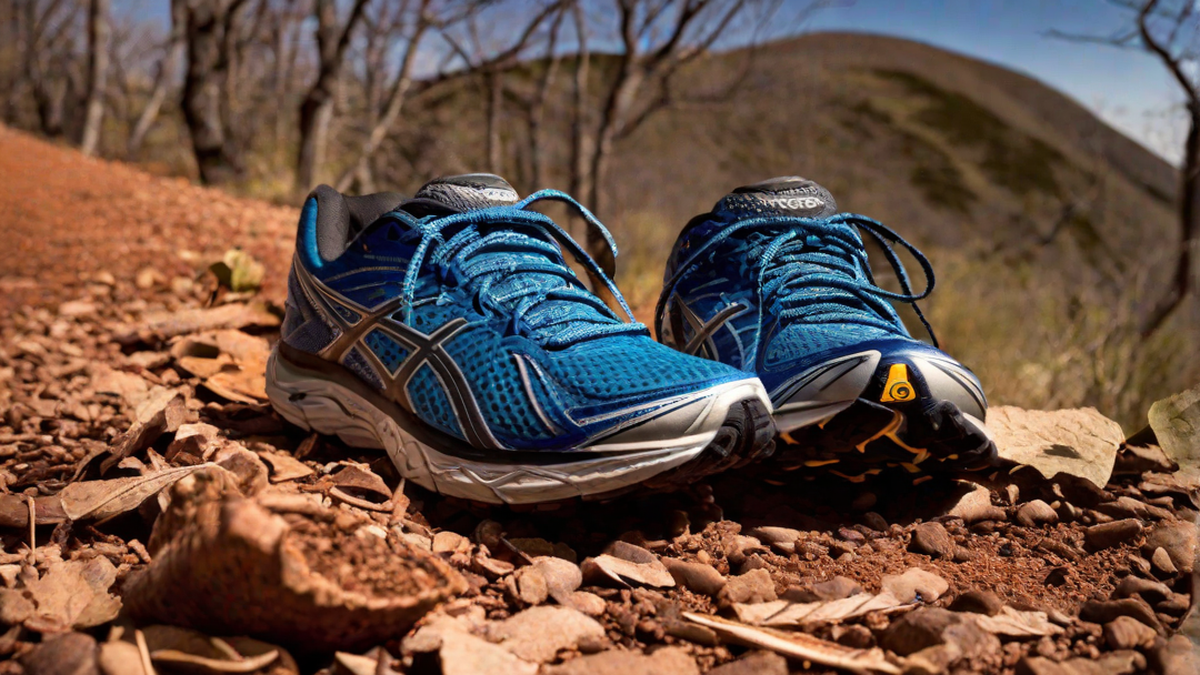As a passionate runner, one question that often comes to mind is how often should I replace my running shoes? With so many factors to consider, it can be difficult to determine the right time to part ways with your trusty sneakers. In this article, I will delve deep into this topic, sharing my personal insights and guiding you through the process of knowing when it’s time to say goodbye to your running shoes.
Understanding the Lifespan of Running Shoes
Before we can determine how often we should replace our running shoes, it’s important to understand the lifespan of these essential pieces of gear. Running shoes are not timeless; they undergo wear and tear with every step we take. The materials used in running shoe construction, such as the midsole foam and the outsole rubber, deteriorate over time, impacting their performance and cushioning abilities.
On average, running shoes have a lifespan of 300-500 miles. However, this estimate is subjective and can vary greatly depending on factors such as your running style, body weight, terrain, and shoe construction. For example, if you’re a heavier runner or tend to run on rough terrains, your shoes may wear out more quickly.
Signs it’s Time to Replace Your Running Shoes
While the mileage guideline gives us a general idea, it’s crucial to pay attention to the physical condition of your running shoes. Here are some signs that indicate it’s time for a new pair:
- Worn-out Tread: Inspect the outsole of your shoes. If you notice significant wear patterns, smooth spots, or lack of grip, it’s a clear sign that your shoes have lost their traction and it’s time for a replacement.
- Loss of Cushioning: If you feel less shock absorption and support than you used to, it’s likely that the midsole foam has compressed and lost its cushioning abilities. This can lead to increased impact on your joints and a higher risk of injury.
- Pain or Discomfort: If you start experiencing new aches or pains during or after your runs, it may be a sign that your shoes are no longer providing the necessary support and stability.
- Visible Damage: Any visible damage, such as holes, tears, or loose stitching, is a clear indication that your shoes are past their prime and need to be replaced.
Listening to Your Body
While these signs are helpful, it’s also important to listen to your body. As a runner, you develop a sense of what feels right and what doesn’t. If you notice a significant decrease in performance, an increase in discomfort, or a feeling of instability, trust your instincts and consider retiring your current shoes.
Personal Tips for Shoe Longevity
While the lifespan of running shoes is inevitable, there are steps you can take to prolong their longevity:
- Rotate Your Shoes: Have at least two pairs of running shoes and alternate between them. This allows each pair to fully dry out and recover between runs, reducing the wear and tear.
- Avoid Extreme Conditions: Try to avoid running in extreme weather conditions, as it can accelerate the breakdown of the shoe materials. If it’s raining or excessively hot, consider opting for a treadmill run or postponing your outdoor training.
- Take Care of Your Shoes: Regularly clean your running shoes and remove any debris or dirt that may accumulate. This not only keeps them looking fresh but also prevents premature breakdown of the materials.
Conclusion
Replacing your running shoes at the right time is crucial for maintaining optimal performance and reducing the risk of injury. While the general guideline is 300-500 miles, it’s important to be attentive to the signs of wear and tear, as well as any discomfort or pain you may experience during your runs. Trust your instincts and listen to your body when it’s time to say goodbye to your faithful running shoes. Keep these personal tips in mind to maximize the lifespan of your shoes and continue enjoying your running journey.

